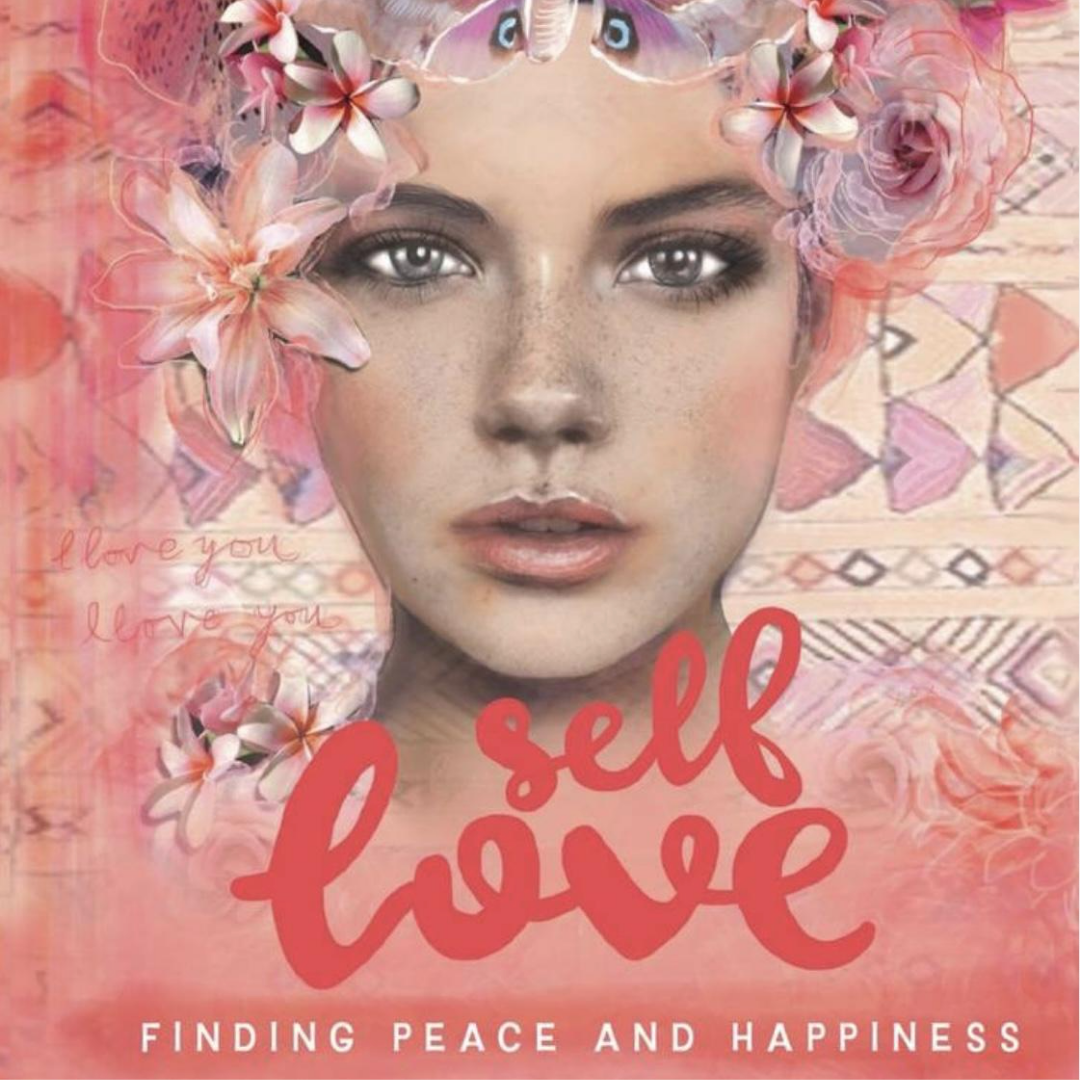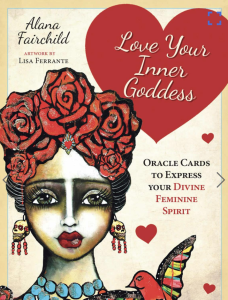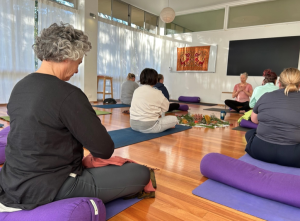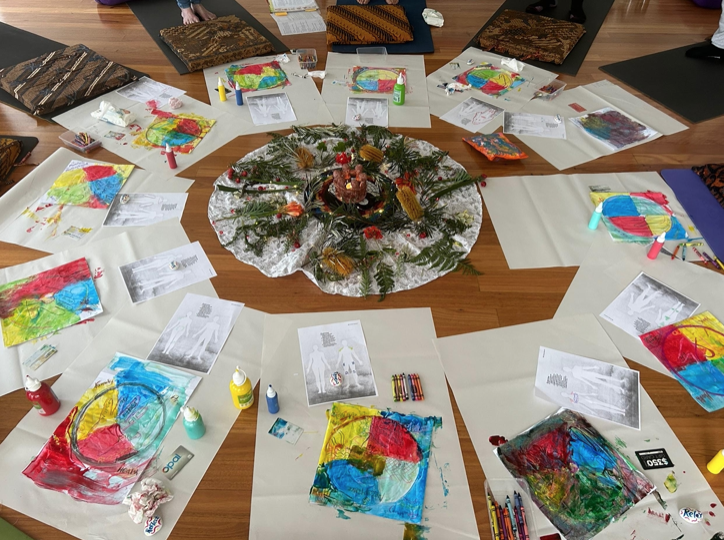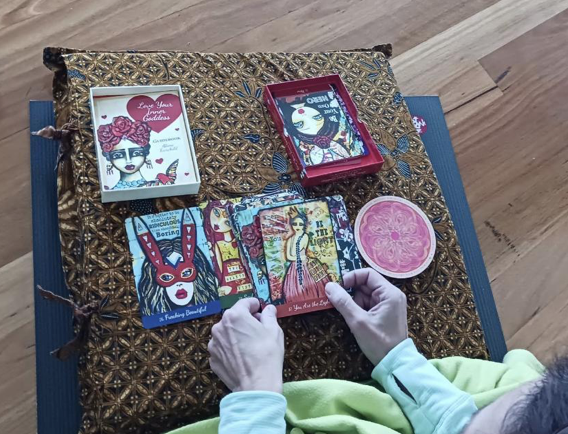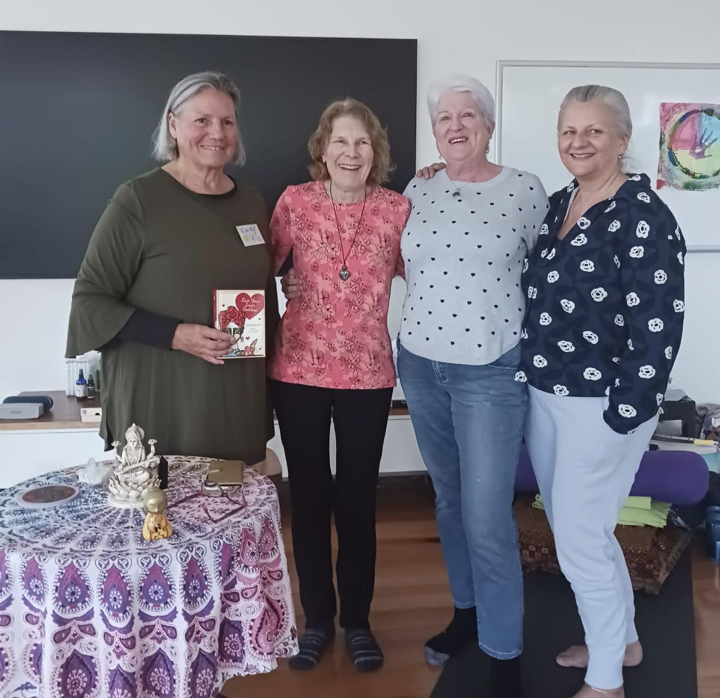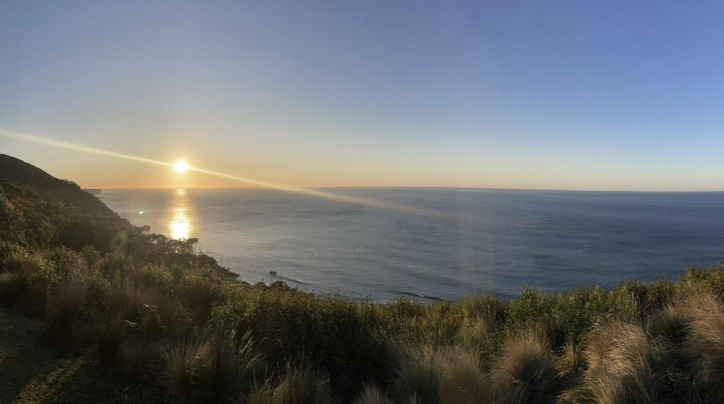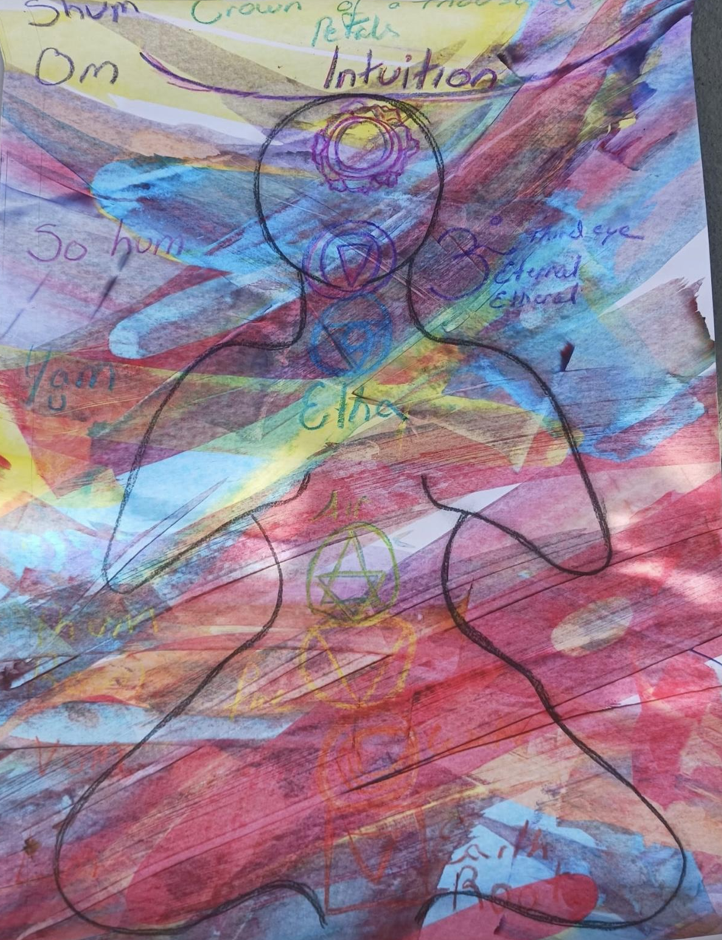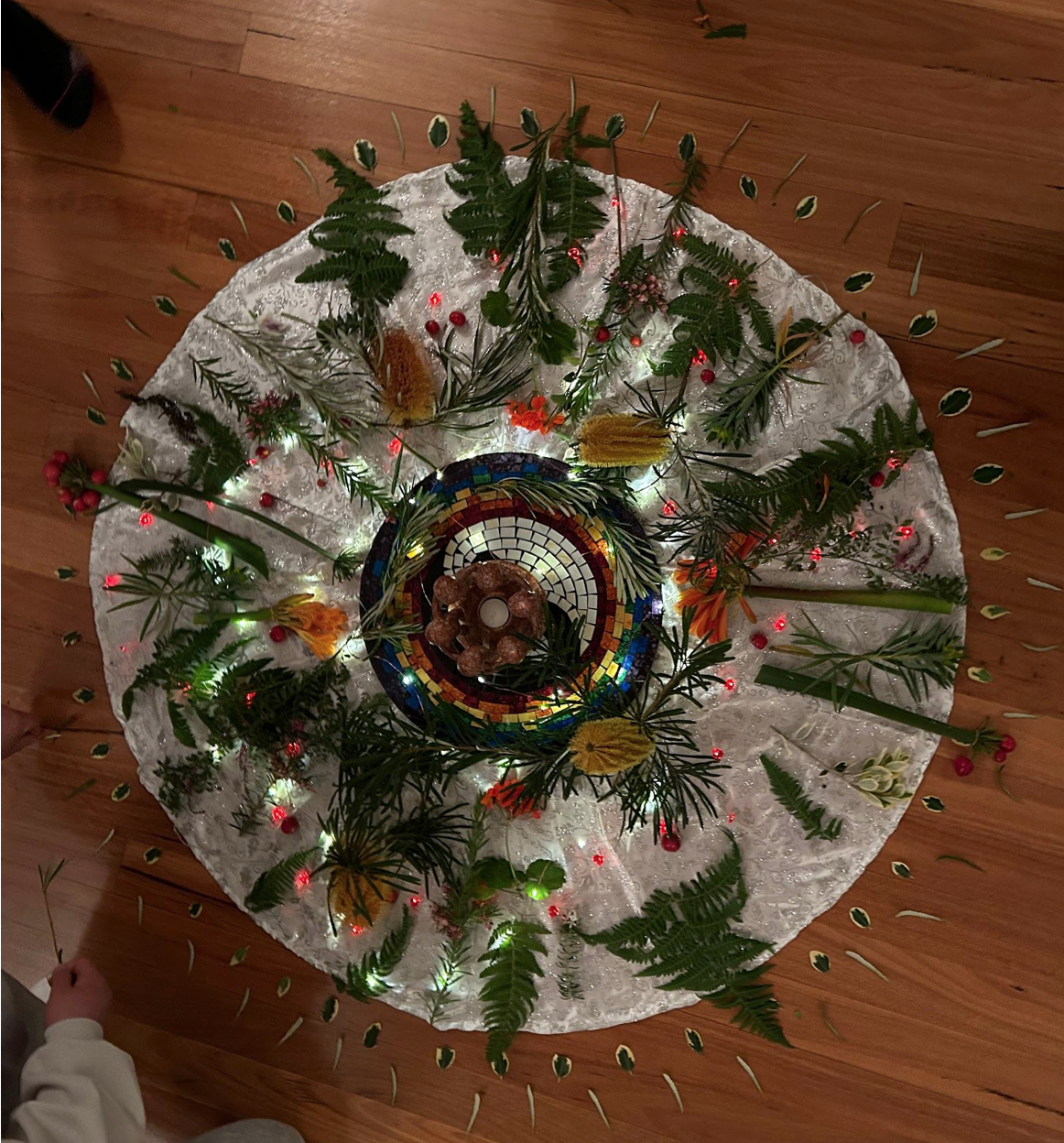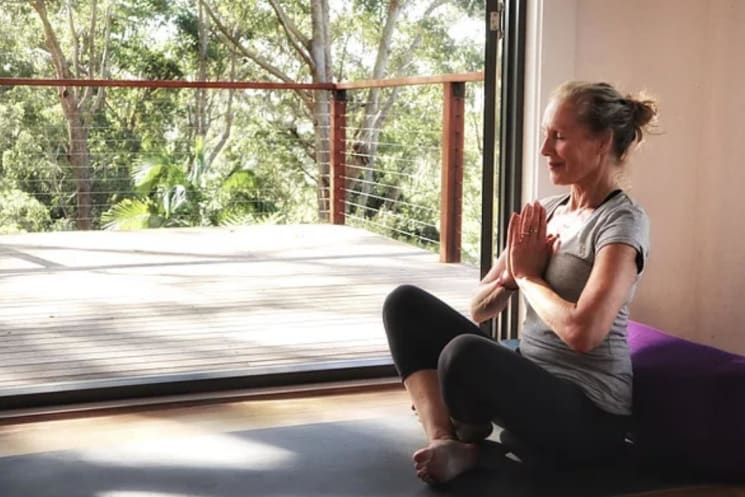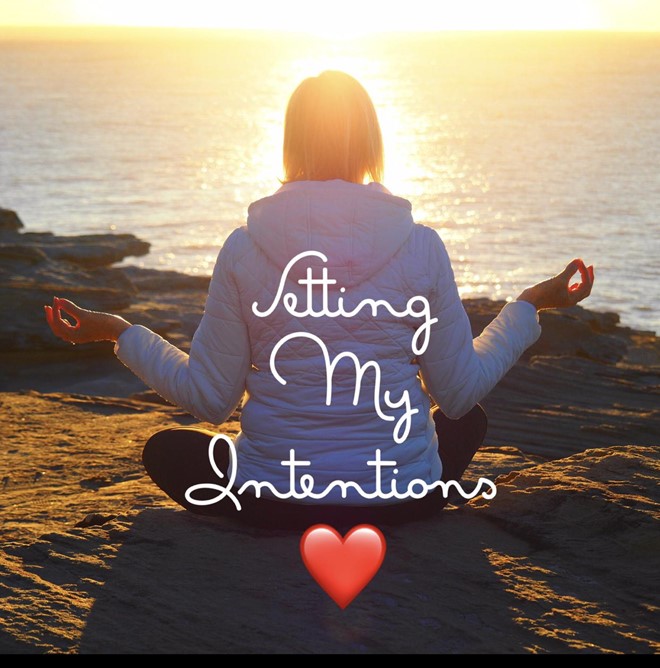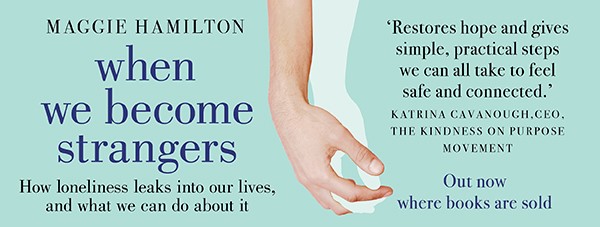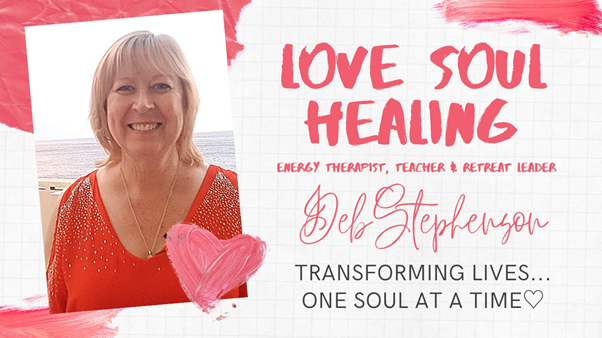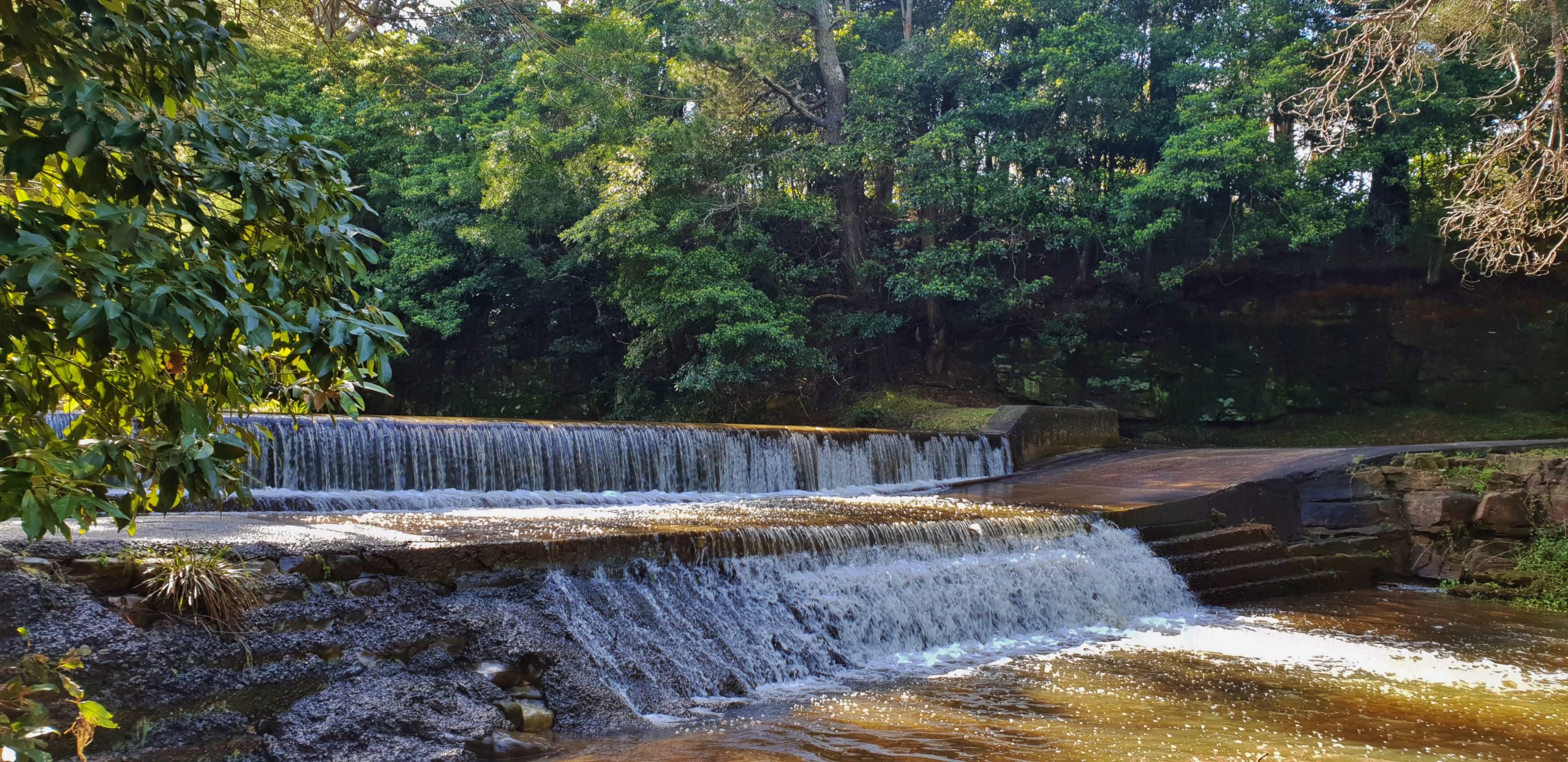As we emerge from covid, we have the chance to create one of the most exhilarating chapters of our work life, which will deliver challenges too. So, how can our workplaces best move ahead? First up, employees are in need of reassurance and support. Also, they have an intimate knowledge of our organisation – into what is and isn’t working right now. what if we were to listen to their valuable insights, to invite them more meaningfully into creating a more finely honed vision for the future? What if they were to help us to discover new ways of thinking, better systems, refined offerings for those your organisation seeks to reach? How might we arrive at this place?
It’s essential managers learn see any given situation from multiple perspectives and respond accordingly.
First up, leaders need to be more nimble, more nurturing. Acting more as coaches, they need to listen carefully to what’s being said. And crucially, they need to be even more conscious of what they say. This point in the pandemic offers us the opportunity to recalibrate. But we can’t achieve this without a fully engaged team working collaboratively. Unfortunately, even before covid-19, too many managers were failing to meaningfully connect with their teams.
In one Australian study, around half the respondents stated their workplace was mentally unhealthy. While in one Global Benefit Attitudes Survey, over half the employees surveyed said there weren’t enough people to do the work. Impossible workloads were seen as their main source of stress. Yet only 15 per cent of the managers in this same survey believed rising workloads were an issue, suggesting a real disconnect here. Right now almost 30 per cent of working Australians experience high levels of on-the-job stress. The younger the employee, the greater the stress.
A lot more is needed of managers. To be effective, they need to be trustworthy, to be truth-tellers also.
This growing sense of isolation, if not alienation, experienced at work, was happening long before people were asked to work from home during the pandemic. This isolation was, in part, caused by a growing inability or unwillingness for bosses to ‘tell it how it is’ – in the managers hiding behind glib, often meaningless patter, to appear on top of things, or using less than helpful platitudes to whitewash difficulties at work.
People need to know that whatever they do big or small matters.
A lot more is required of managers now. To make an impact, they need to be people others can trust – to be truth-tellers – but to do so wisely and kindly. They need also to give those who work with them, a real sense of dignity. People need to know that whatever they do big or small matters. It’s also essential managers learn see any given situation from multiple perspectives and respond accordingly.
Jargon Doesn’t Help
Too many leaders hide behind ‘management speak’ – less than helpful attempts to bulldoze their way through tricky situations – leaving a shattered workforce in their wake. It’s telling how much military jargon is used in business, most notably in the finance sector. While talk of staking out new prospects, rallying the troops and targeting new clients is relatively harmless, phrases such as ‘sweating [underperforming] assets’ or taking a ‘slash and burn’ approach to problematic situations are less so. How can people give of their best in a ‘take no prisoners’ culture, in a workplace that sees people as ‘the quick or the dead’?
Managers frequently use jargon to impress.
But this is a risky approach.
While jargon ‘is tribal and reinforces belonging’, suggests Alan Stevens, who assists organisations in nurturing their culture, it isn’t helpful in work settings. When faced with business babble, people are often feel confused, stupid or just plain resentful. ‘Insecure managers create complexity [by using jargon] and that’s too common in workplaces the world over,’ states presentation coach and writer, David Yewman. ‘Jargon builds a wall between people at work. Often these people don’t realize it; instead they think they sound smart. But what they’re really doing is making the new team member or the boss feel dumb. The most poisonous part of jargon is that no-one in the audience is going to put up a hand and say, “what does that mean?” because we don’t want to be perceived as stupid.’
the easier information is to understand,
the more self-assured and intelligent it comes across.
Managers frequently resort to jargon to impress. But this is a risky approach. In one US study led by psychology professor Daniel P. Oppenheimer, shorter words were replaced in a handful of essays by longer words. The result? The essays with longer words were judged less capable and confident. Basically, the easier information is to understand, the more self-assured and intelligent it comes across. There’s another interesting detail here. The clearer a communication, the more likely it is to be believed. In short, jargon makes people uneasy because they’re unsure whether they’re being lied to.
Don’t Sugar-coat Your Message
Often, jargon is used to gloss over unpleasant situations or decisions. Yet if someone is losing their job, no amount of fast-talking will lessen the inevitable hurt and confusion. ‘Corporate performance – having to use fakery, having to perform in certain ways, pretend something doesn’t matter when it does, is going on all the time,’ explains psychologist Julia Noakes, noting how counterproductive this approach is.
No-one wants an ITL (Invitation to Leave), but should it happen, co-workers aren’t fooled by talk of rewiring for growth, rightsizing, decruiting, streamlining or rebalancing the company’s human capital. ‘Communicating is not about talking. Communicating is about connecting,’ insists communications expert Karen Friedman. ‘How you share ideas on a daily basis determines how you make others feel.’ Julia Noakes agrees: ‘The best leaders I’ve worked with have a confidence that narcissists don’t have to listen to another person’s point-of-view, to hear that point-of-view.’
Language that shuts people out or skims over key facts, distances those it seeks to win over. So why use jargon? This brings us back to the question of dignity. It’s essential to ‘speak the truth out of respect’, states employee advocate and human resources innovator, Michael Schneider.
Respect means having a genuine awareness of others – a willingness to communicate in a way that’s accessible, that acknowledges the hurt and confusion felt in the stretching moments at work. It’s about having the courage to tell things how they are, even when it’s not what someone wants to hear. This takes assured leadership and emotional intelligence – two qualities that are currently in short supply in many workplaces.
Leadership Essentials:
Good leaders champion best practice, leading by example they help create a new generation of future leaders by understanding that the future belongs to the relationship-builders, those comfortable with change and difference.
Leaders best placed to carry you into the future know how to bring out the very best in every team member. They are accountable for their decisions and are generous when there’s a collective win, allowing everyone in the team to shine.
They also know how to steer everyone wisely and calmly through the highly charged emotional landscape of work, avoiding the temptation to blame, or to sidestep crucial issues. These qualities help workplaces to achieve all they are capable of – to enjoy the journey, as well as achieving their goals.
Maggie Hamilton is a social researcher, who gives regular talks and presentations. Her books have been published in over a dozen countries worldwide. Her new book When We Become Strangers is out now. www.maggiehamilton.org
